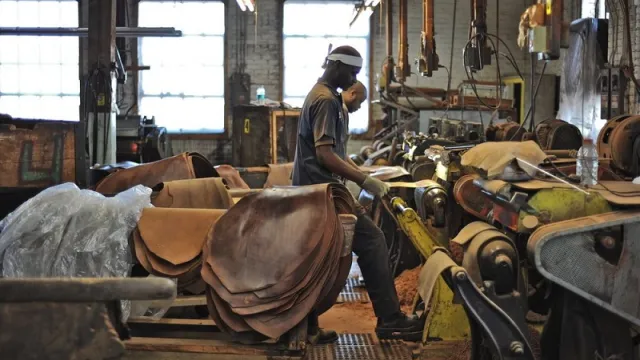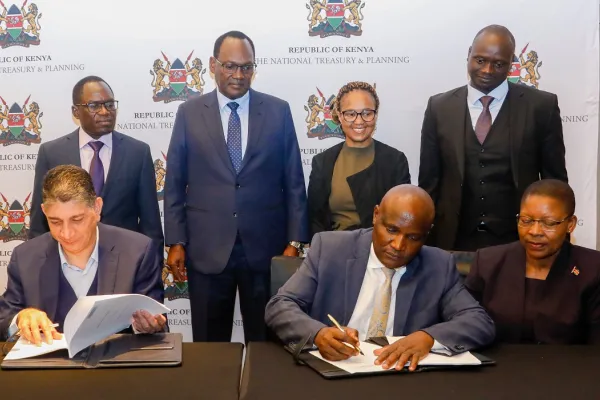Cement, and leather firms power manufacturing to 6.9 percent growth

Cement, and leather firms power manufacturing to 6.9 percent growth
Kenya's manufacturing sector expanded by 6.9 percent in 2021 on account of the increased production of cement, leather, dairy, and related products.
At the height of the economic fallout caused by the Covid-19 pandemic in 2020, the manufacturing sector contracted by 0.4 percent as containment curbs shut factories even as supply chain systems grind to a halt.
According to the Ministry of Agriculture, Kenya’s leather industry is estimated to be worth over Kes50 billion annually but the country’s main leather exports are unfinished wet blue products that fetch roughly Kes9.4 billion.
By enhancing the processing capacity, Kenya could easily increase earnings from leather exports, fetching an additional Kes15 - Kes25 billion to the Gross Domestic Product (GDP) while giving rise to at least 50,000 new jobs.
Last year, Agriculture CS Peter Munya said the government has drafted a policy seeking to rejuvenate the leather industry’s overall performance and bolster manufacturing.
The Kenya National Bureau of Statistics (KNBS), however, says that there was a drop in the production of prepared and preserved fruits and vegetables, animal and vegetable fats and oils, furniture as well as various pharmaceutical goods.
The 2022 Economic Survey said that the number of formal employment opportunities in the sector increased by 6.7 percent to 338,000 in 2021 up from 316,900 thousand in the previous year.
Read also: EPZ is driving manufacturing in counties
In the period under focus, there was a 23.4 percent increase in cement consumption to 9,098.4 thousand tonnes in 2021 from 7,375.6 thousand tonnes in 2020, the 2022 Economic Survey said.
According to the latest data, manufacturing accounts for 7.2 percent of Kenya's GDP. The sector has remained flat in the last decade, contributing a static 11 percent to the value of Kenya's goods and services.
"Total credit advanced by both commercial banks and industrial financial institutions to the sector increased to KSh464 billion in 2021 from KSh410.3 billion in 2020," the survey reads in part.
In the same period, total sales by Export Processing Zone enterprises increased by 21.5 percent to KSh98.7 billion in 2021.
Further, products from EPZ enterprises destined for overseas markets increased by 22.8 percent to KSh91.3 billion in the year under review.
Overall, Kenya's economic growth in 2021 was supported by improved performances in key sectors including; wholesale and retail trade (7.9 percent), real estate (6.7 percent), transportation and storage (7.2 percent), and financial and insurance activities (12.5 percent).
In contrast, deplorable weather conditions that characterized the better part of last year adversely affected agricultural production, especially the growing of staple crops such as maize, beans, and vegetables, as well as cash crops tea and coffee leading to a contraction in its growth during the review period.



